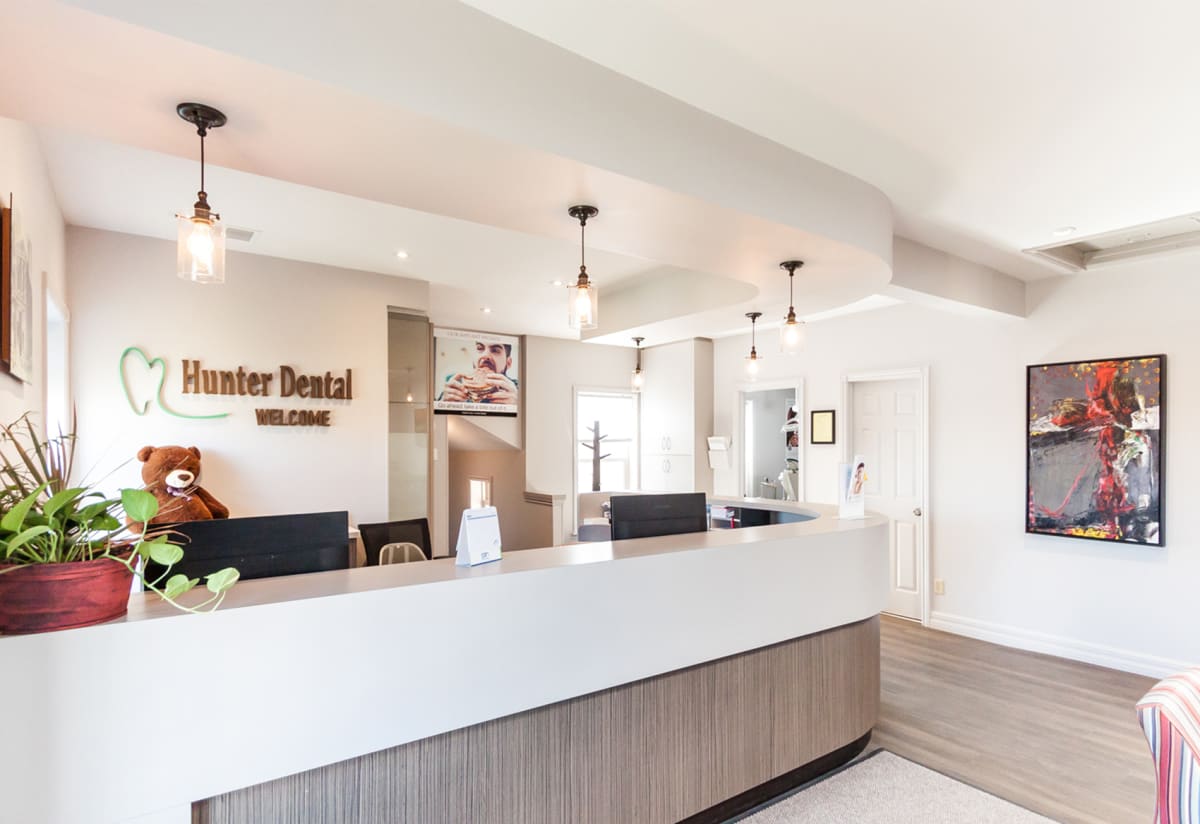What are common dental injuries athletes face?
The following dental injuries are common in athletes, as they are usually the result of a blow to the head or face.
Knocked Out Tooth
We often see athletes on television and on the field with gaps in their teeth. This is because a knocked out tooth is a common sports injury.
Make an immediate effort to find your missing tooth if it is knocked out. Don't touch the root; instead, take it by the crown. Rinse it off, and if you can, put it back in the socket while gently biting down to keep it there.
It is essential to keep the tooth moist if you can't put it back in its socket. In order to save the tooth until you can get to the dentist, place it in a cup of milk (not water), your saliva, or in your mouth next to your cheek.
Ideally, you’ll get to the dentist’s office within 30 minutes of the injury. If you see your dentist quickly enough, they may be able to save your tooth.
Fractured Tooth Roots
Take a hard hit from the wrong angle and you could suffer a fractured tooth root. In these cases, the crack originates from the roots of the tooth and makes its way up.
A fractured tooth root may leave you without any visible symptoms. They can occasionally only be seen because they are below the gum line and only become infected when the pulp of the tooth becomes inflamed.
A patient with a tooth root fracture should have root canal therapy as soon as possible to prevent or treat infection.
Tooth Intrusion
Tooth intrusion is another painful condition that occurs when the tooth is driven back into the jawbone.
Children often experience this injury more than adults, as the alveolar bones that hold their tooth sockets are not as strong as those of adults.
Treatment will differ depending on whether it is a primary (baby) tooth or a permanent tooth. If the intruded tooth has not intruded into the developing adult tooth, the dentist will allow it to re-erupt spontaneously. If the tooth fails to re-erupt, the dentist will extract it.
A permanent intruded tooth will also be given the opportunity to re-erupt passively. If re-eruption does not occur, surgical or orthodontic re-eruption treatment, in addition to endodontic treatment, can be performed.
Cracked Tooth
A cracked tooth is defined by a split or crack that begins at the crown and extends down into the tooth. If you have a cracked tooth, you may experience sharp pain when you bite down, intermittent tooth pain, or sensitivity to hot or cold temperatures. You may also have no symptoms at all.
Depending on the type of crack and its severity, your dentist may repair it with a crown, filling, or dental bonding. In severe cases, a root canal or extraction may be required. Consult your dentist as soon as possible.
How to prevent sports injuries
A custom-made mouth guard, which acts as a barrier between your teeth and gums and cushions your teeth from blows to the head or face, can help prevent many dental emergencies caused by sports injuries.
If you play sports or engage in high-impact physical activities, talk to your dentist about a custom-made mouthguard today.

